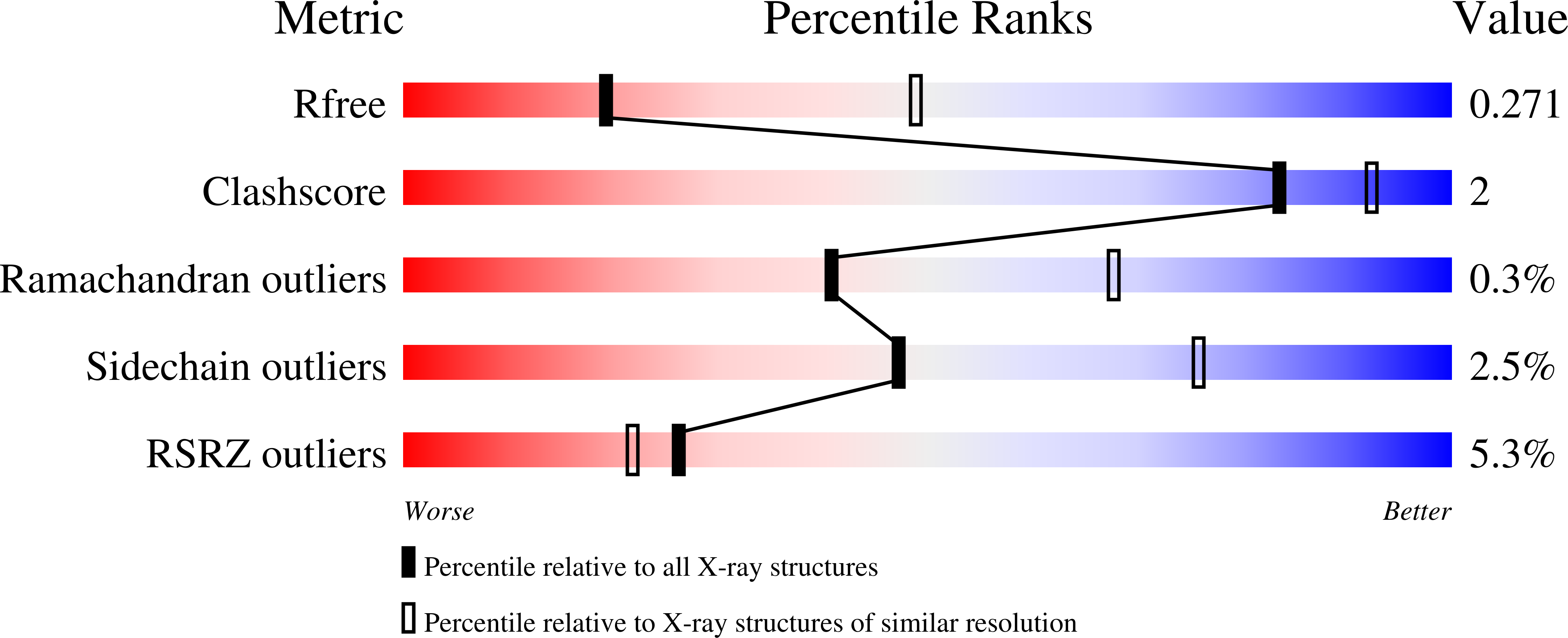
Deposition Date
2006-07-26
Release Date
2006-10-31
Last Version Date
2023-10-25
Entry Detail
PDB ID:
2HU2
Keywords:
Title:
CTBP/BARS in ternary complex with NAD(H) and RRTGAPPAL peptide
Biological Source:
Source Organism:
Rattus norvegicus (Taxon ID: 10116)
(Taxon ID: )
(Taxon ID: )
Host Organism:
Method Details:
Experimental Method:
Resolution:
2.85 Å
R-Value Free:
0.27
R-Value Work:
0.22
R-Value Observed:
0.23
Space Group:
P 64 2 2


